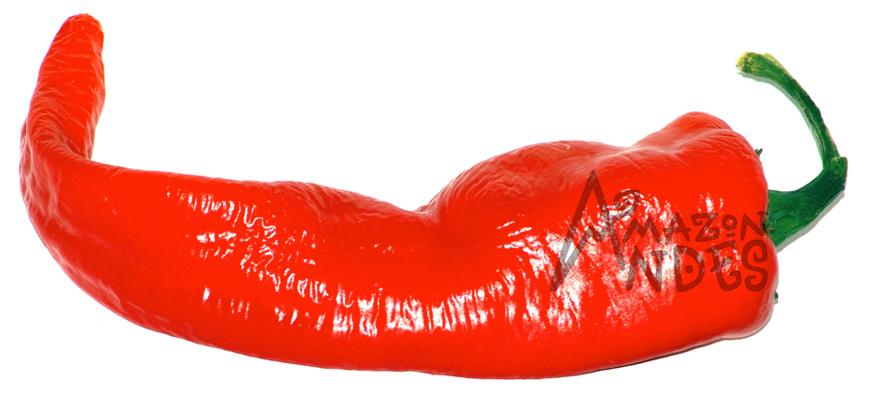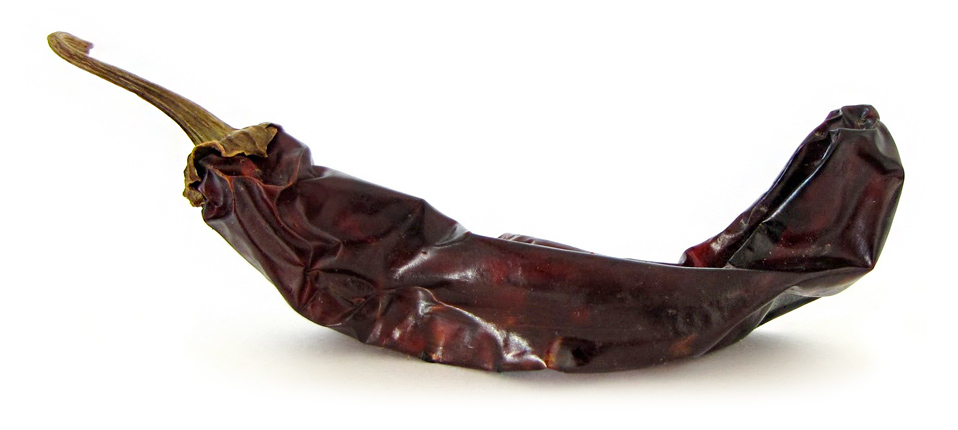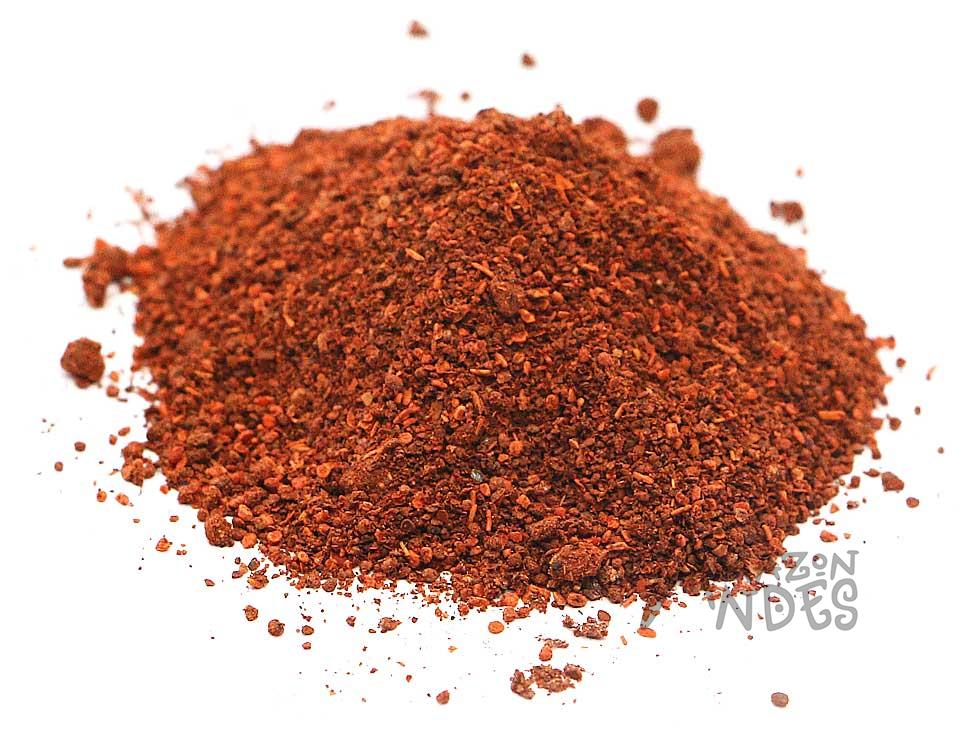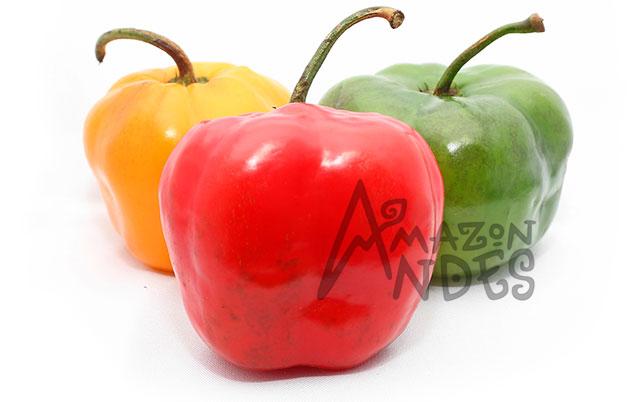Paprika (Capsicum annuum L)

Paprika : Origin
The paprika is a crop from South America, is grown in the northern, central and southern coast of Peru and Bolivia.
Peru and Mexico are the places where peppers were cultivated even before the discovery of America. Columbus encountered on his first voyage and brought to Spain in 1943, extending along the sixteenth century by other countries in Europe, Asia and Africa.
Production area:
The production of this peppes in Peru is given throughout the year on the coast where lands , which has optimal conditions for obtaining a quality product . The higher production volumes occur between the months of March to July, the major production areas are Trujillo, Lima, Ica, Arequipa and Moquegua.
Production area: The production of paprika peppers in Peru is given throughout the year on the coast where lands , which has optimal conditions for obtaining a quality product . The higher production volumes occur between the months of March to July, the major production areas are Trujillo, Lima, Ica, Arequipa and Moquegua.

GENERAL FEATURES
Their varieties can be: sweet, sour and spicy. Its color can vary from red-orange to red-blood. The spicy characteristic due to the "capsaicin" present in a very low proportion with other compounds called capsaicinoids not exceed 1%.

Nutritional Facts
(Amount Per serving : 100 grams)
| Nutrient | Quantity |
|---|---|
| Calories | 282 |
| Protein | 14.14 |
| Total Fat (g) | 12.89 |
| Cholesterol (mg) | - |
| Carbohydrates | 53.99 |
| Fiber (g) | 34.90 |
| Calcium (mg) | 229 |
| Iron (mg) | 21.14 |
| Iodine (µg) | - |
| Vitamin A (mg) | 24.63 |
| Vitamin C (mg) | 0.90 |
| Vitamin D (µg) | - |
| Vitamin E (mg) | 29.83 |
| Vitamin B12 (µg) | - |
| Folate (µg) | 49 |

HOW TO USE
The use of natural or processed fruit Capsicum annuum are many. Besides consumption in fresh, cooked, or as a condiment or "spice" in typical food from different countries, there is a wide range of industrial products used in human food: frozen, dried, pickled, canned, pastas and sauces. Furthermore, it is used as a raw material for obtaining oleoresin dyes and for industrial purposes. Among the main uses we can be classified as:
Medicinal use the pepper paprika is traditionally used for:
- Paprika purifies the blood.
- Paprika lowers cholesterol levels in the blood.
- Paprika having iron promotes red blood cell production and proper oxygenation and nutrition of cells, tissues and organs.
- Paprika contains potassium which helps the proper functioning of the heart and prevents heart disease.
- Potassium also helps proper muscle function and bone development.
- Paprika increases the production of saliva, which has a positive effect to make good digestion.
- Paprika, and contain large doses of vitamin C, also contains carotenoids like zeaxanthin, beta-carotene and cryptoxanthin. This demonstrated that the intake of these carotenoids help prevent lung cancer and cervical cancer.
- The large amount of vitamin C helps improve influenza and catarrhal conditions. It also strengthens the immune system to also contain vitamin A.
- Zeaxanthin contained in paprika helps improve eyesight to scavenge free radicals in the retina.
- Paprika helps to make good digestion acting on two fronts, on the one hand increases the saliva in the mouth and on the other hand, increases the production of gastric juices.
- Paprika is a good antioxidant if used regularly.
Food use: It is used in making many foods:
- Pickles: It is widely used in pickles to be mildly spicy and very tasteful.
- Dust: The pepper powder is used as a condiment in many dishes of international cuisine.
- Other: To be packaged sweet or spicy, is also well-known domestic use, for the natural dyes, is consumed in different ways depending on the area where you are.
PRODUCTS:
- Dried paprika
- Paprika powder




